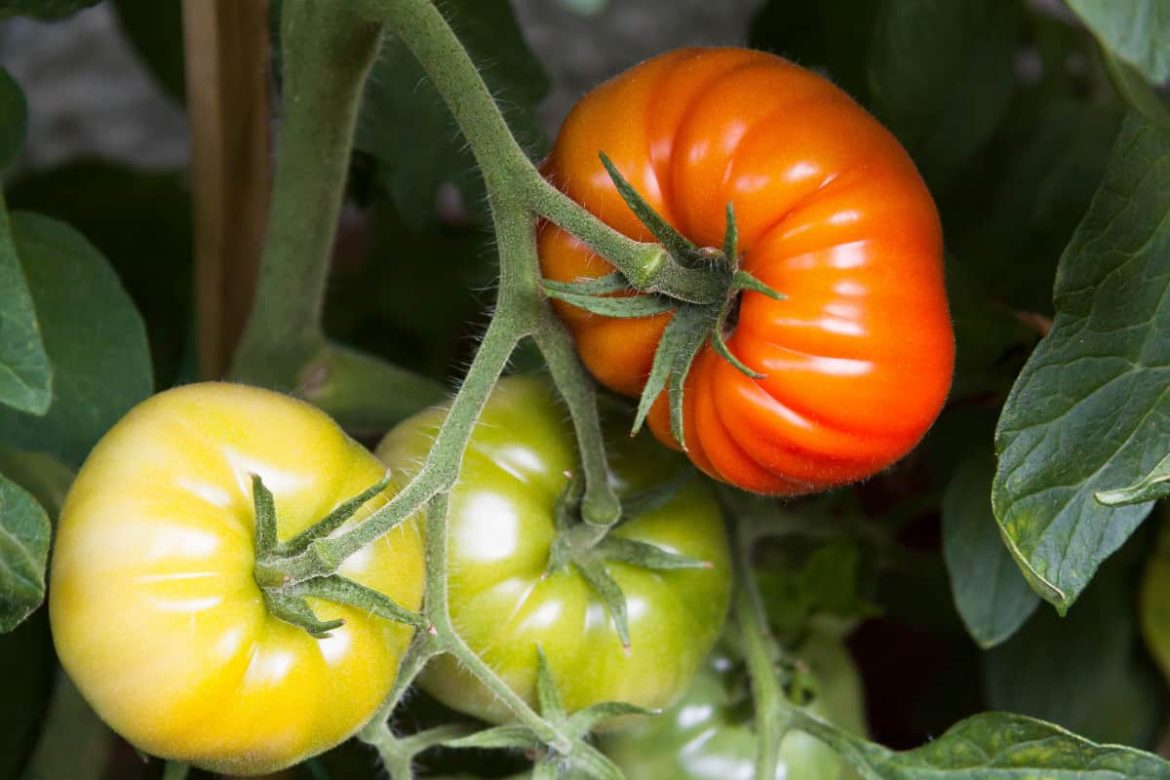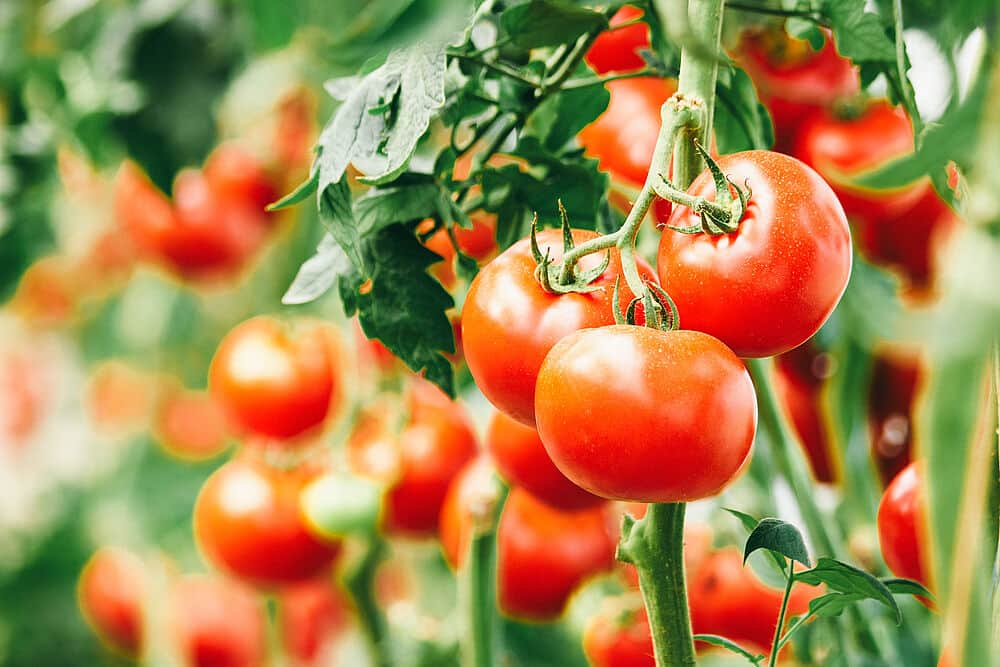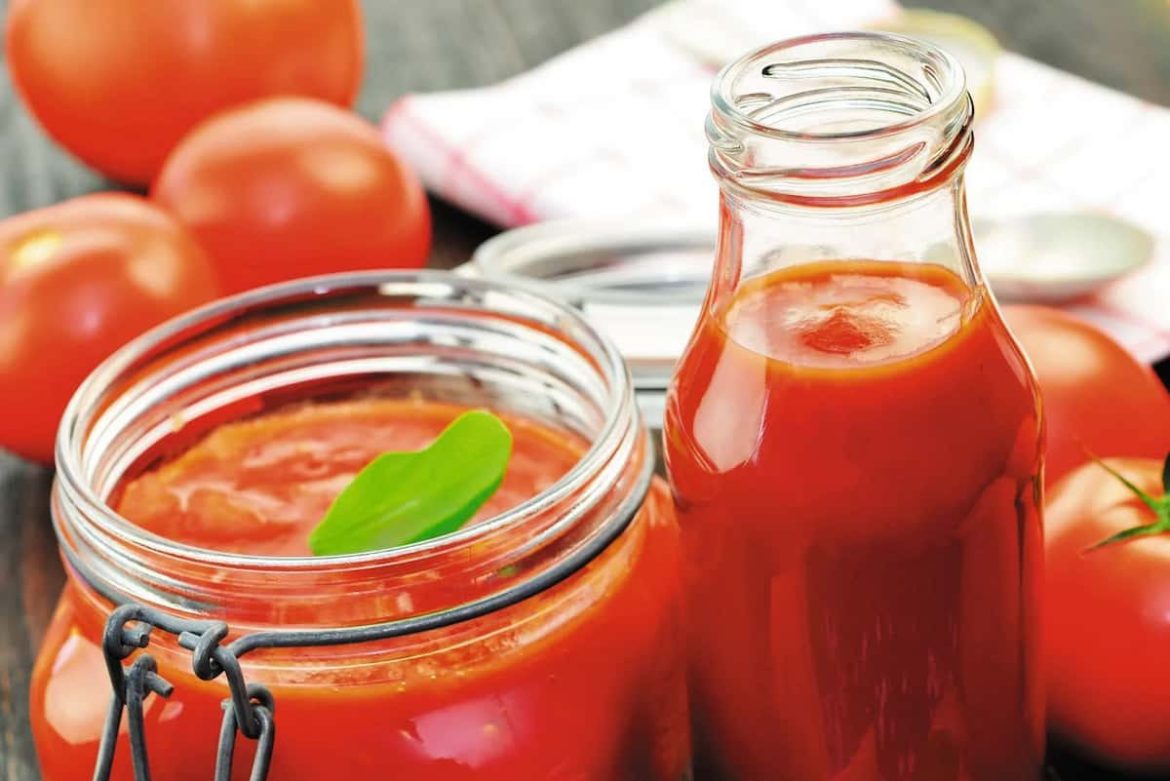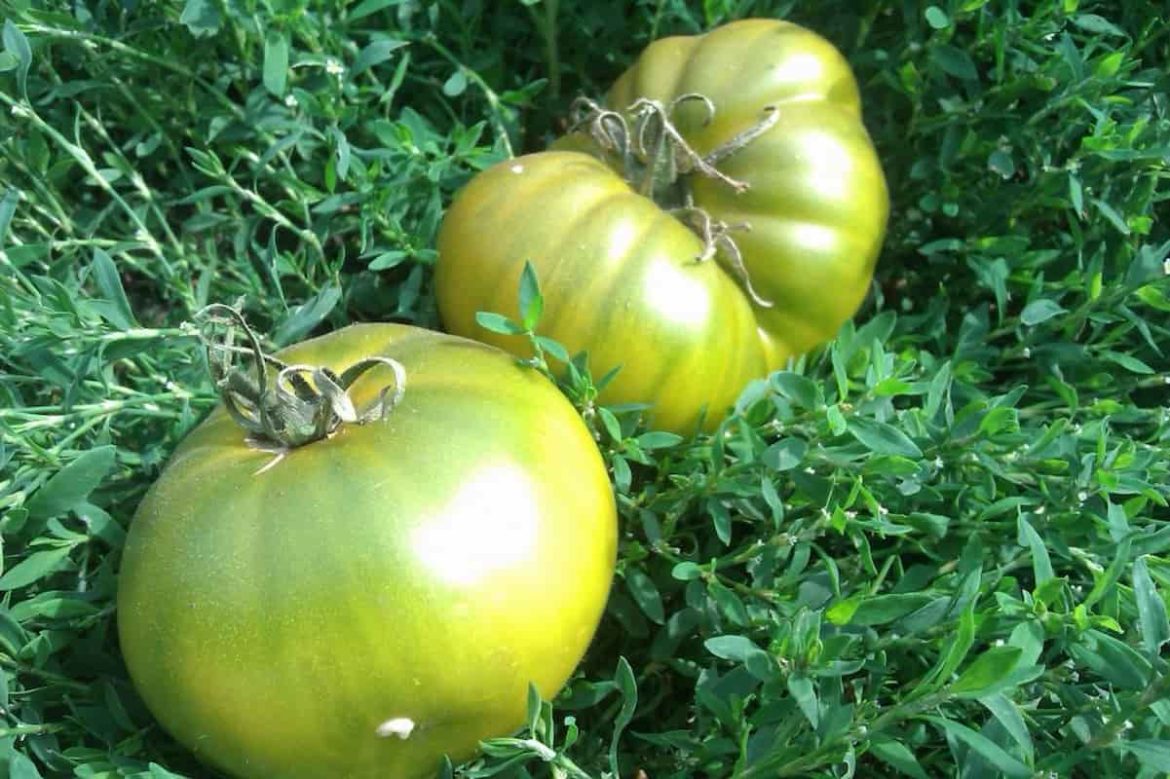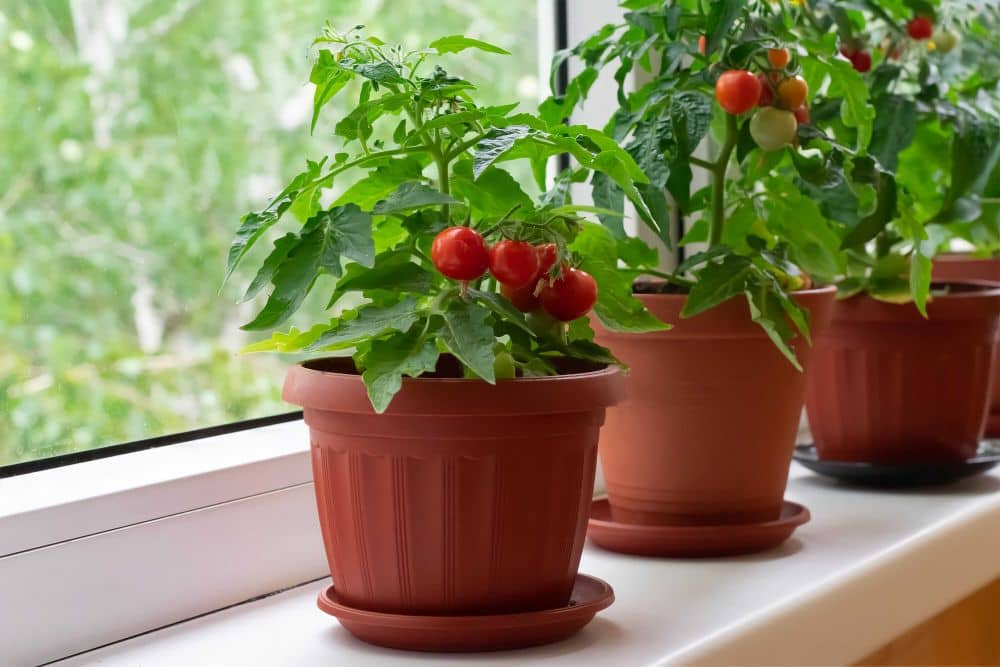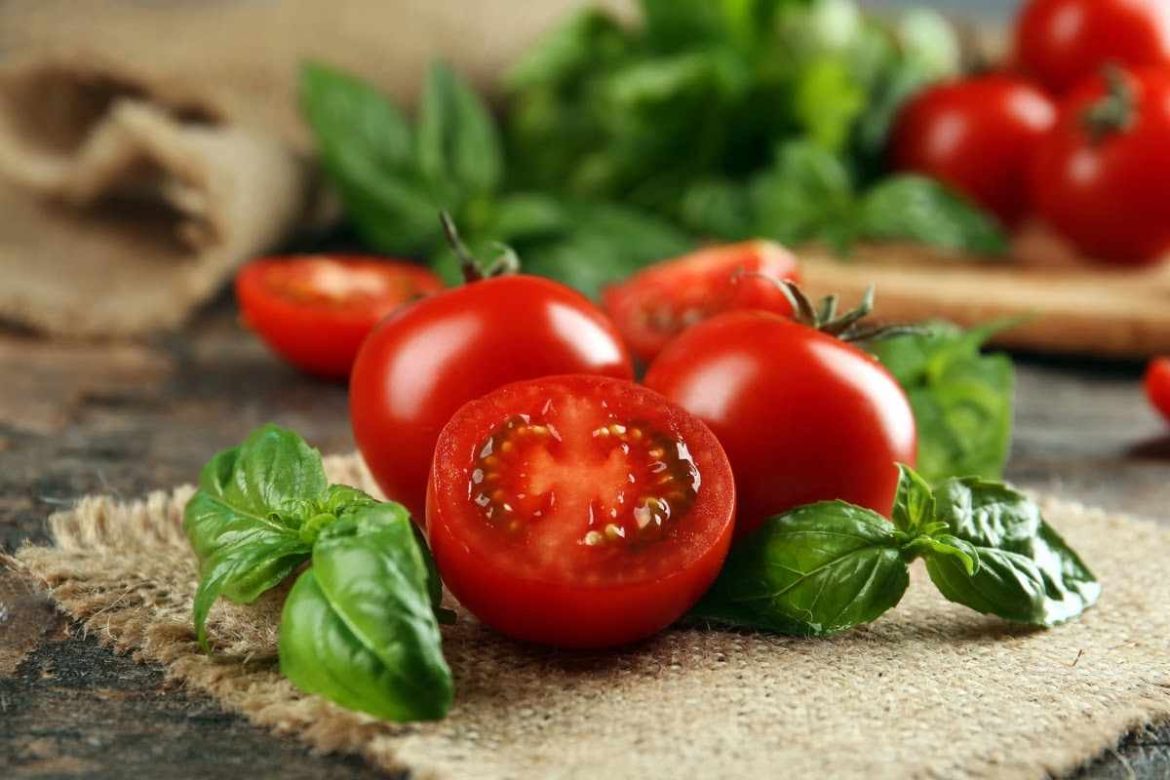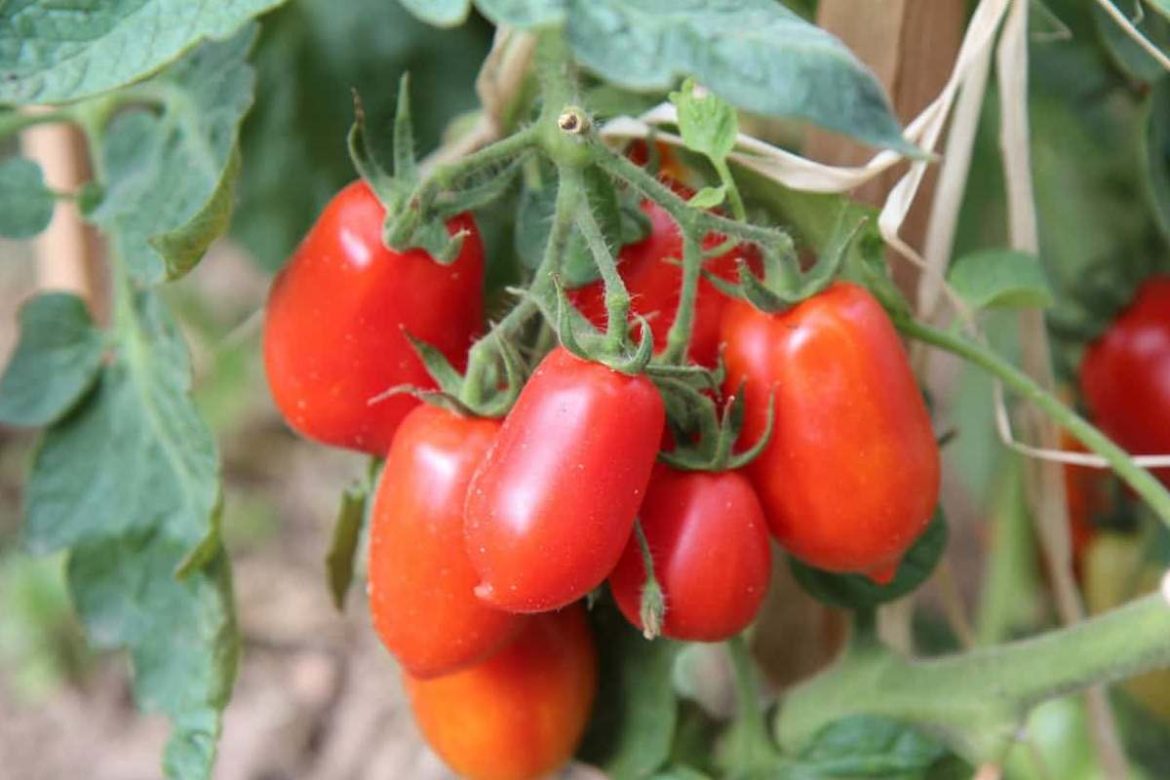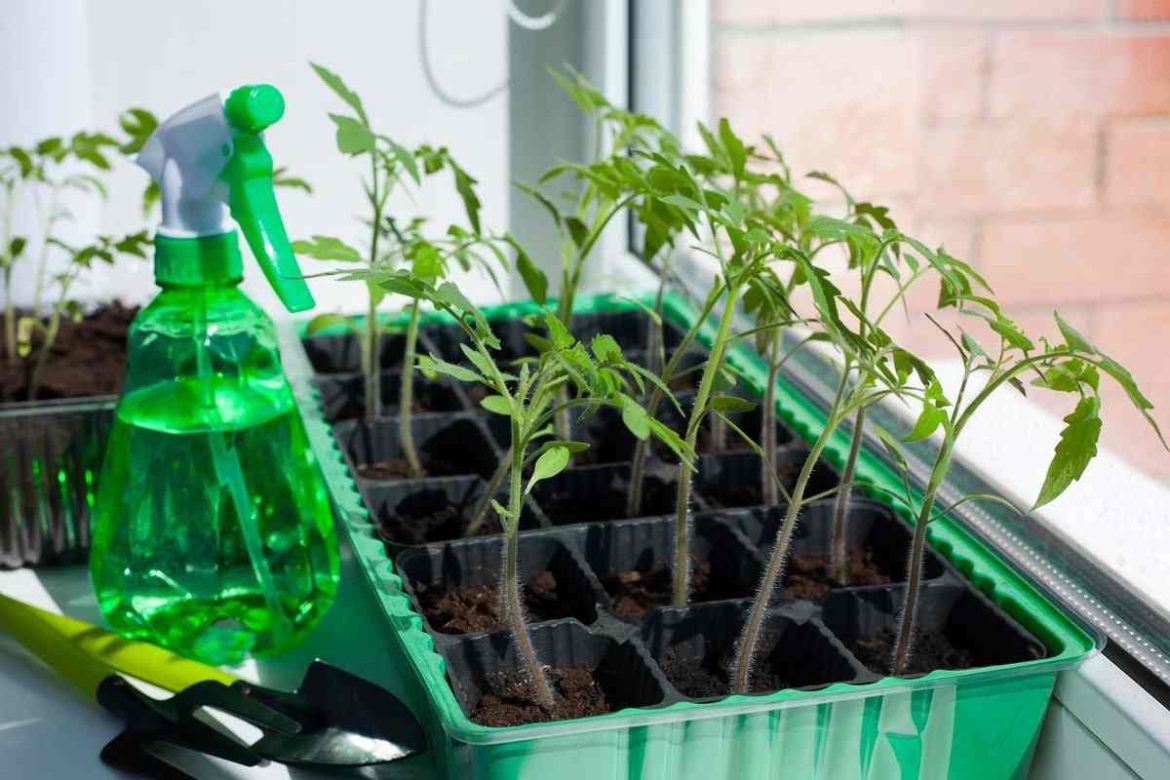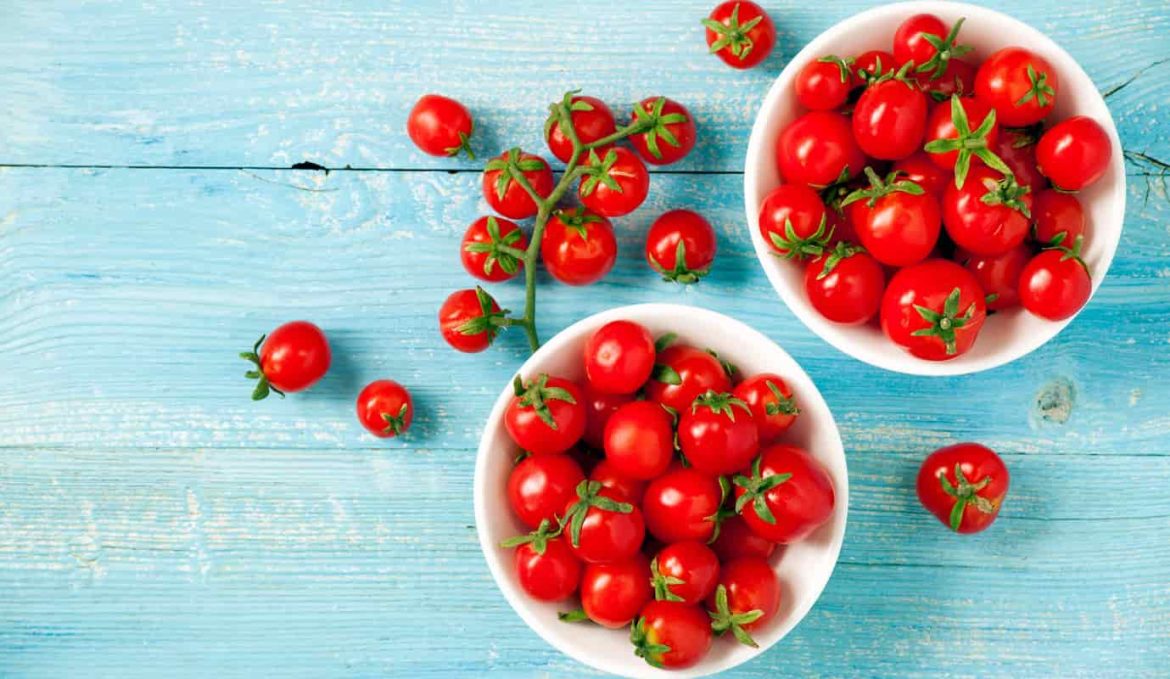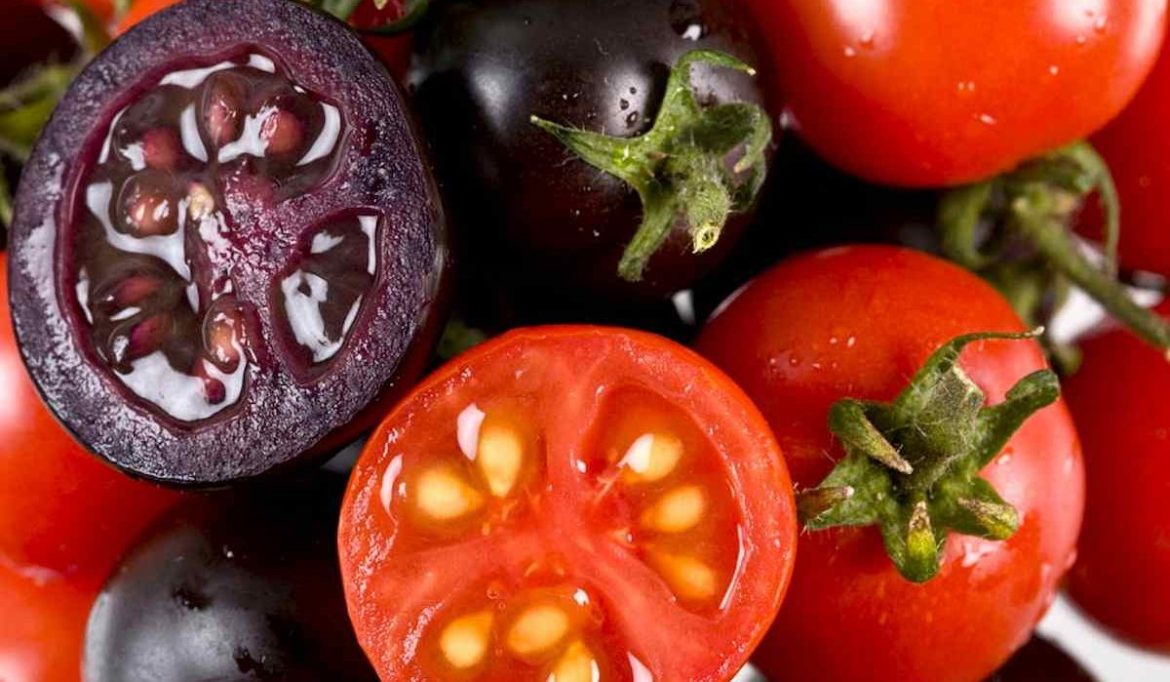best tomatoes for hot, humid weather
All professional gardeners are familiar with the fact that not all kinds of tomatoes are necessarily appropriate for hot and humid climates, then they need to look for the best tomato types for the mentioned weather
Even though tomatoes may only thrive when exposed to full sunlight and warm temperatures, there is such a thing as having too many of a good thing
Tomatoes are particularly sensitive to fluctuations in temperature, whether they are rising or falling
Tomatoes will not set fruit when daytime temperatures are higher than 85 degrees Fahrenheit (29 C), and nighttime temperatures are around 72 degrees Fahrenheit (22 C)
As a result, cultivating tomatoes in hot locations presents a number of obstacles
You should not be concerned since the good news is that it is possible to cultivate tomatoes in regions with hot and dry weather by selecting tomato types that are adapted to thrive in those conditions and providing additional care
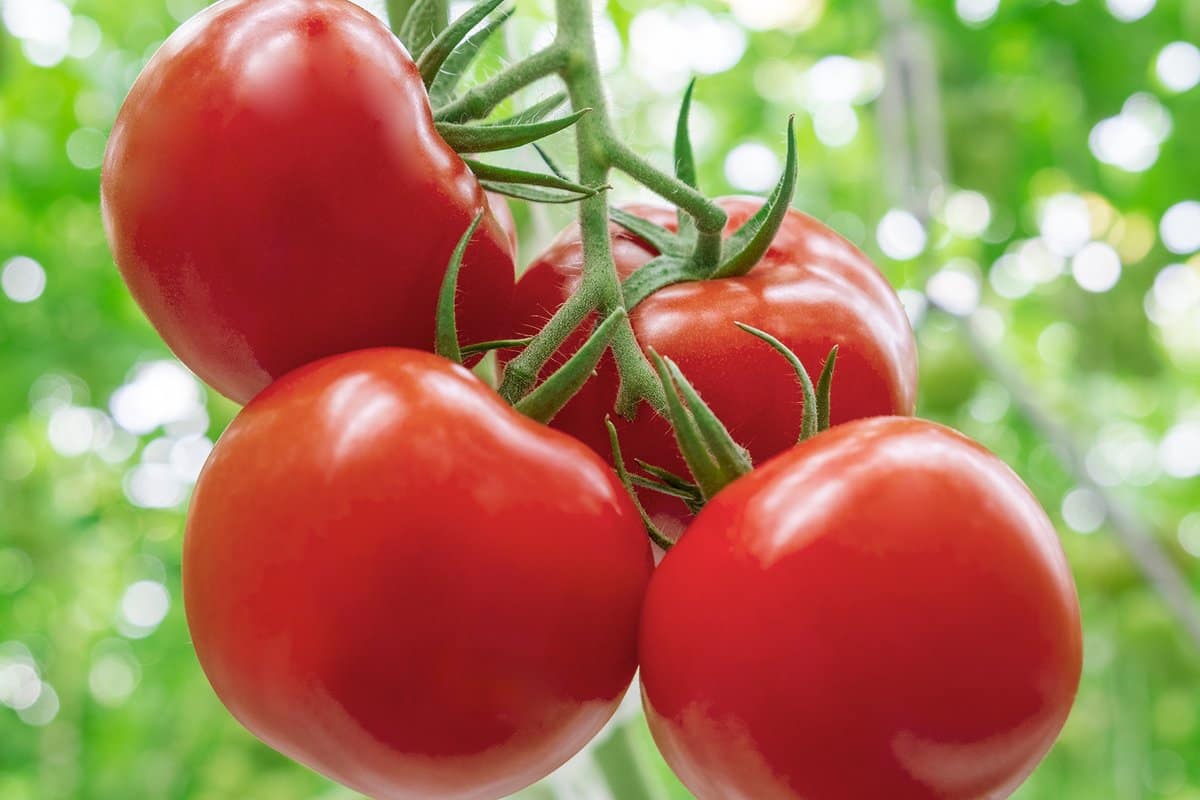
Tomatoes may be grown successfully even in hot climates
In regions such as the Midwest, Northeast, and Pacific Northwest, tomatoes do well when grown in full sun
However, in regions such as Southern California, the Deep South, the Desert Southwest, and even into Texas, the sweltering temperatures necessitate taking some additional precautions when growing tomatoes in such hot conditions
Desert tomatoes should be planted in shady areas where they will be shielded from the hot afternoon sun
Create some shade if you can’t find a spot that naturally offers it
Tomatoes can be grown successfully in warm climates by using a straightforward wooden frame wrapped with shade cloth
Use a shade structure that faces east so that the plants can obtain sunlight in the morning but are protected from the scorching rays of the sun in the afternoon
Keep an eye out for shade cloth with a 50 percent reduction in sun exposure and a 25 percent decrease in temperature
You can also create the same shading effect by working with summer weight row covers; however, these covers only produce around 15% shade
Mulching tomatoes is important, particularly in regions that are hot and dry; mulch the area around the plants with a layer of organic material that is 2 to 3 inches thick and includes things like cotton hulls, chopped leaves, shredded bark, straw, or grass clippings
This will help keep the soil cool and moist
Be sure to replace the mulch when it disappears due to wind or decomposition around the end of the summer
Tomatoes that are grown in hot climates will require a significant amount of water
When the top inch and a half or three centimeters of soil are dry to the touch, water the plant
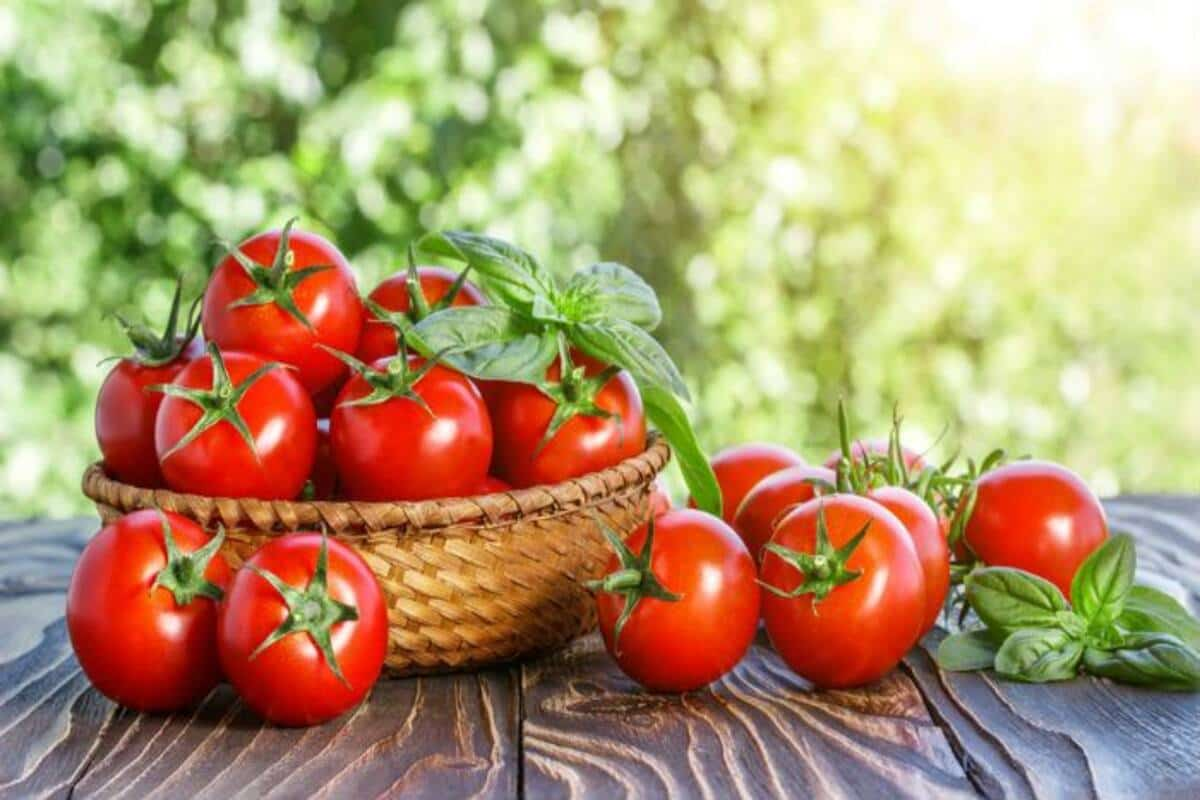
If the temperature is very high and the soil is sandy, you might have to water your plants once or twice a day
Tomatoes that are grown in containers typically require an additional amount of water
The most cost-effective strategy is to apply water to the soil around the base of the plant using a hose or a drip irrigation system
Watering from above should be avoided since damp leaves are more prone to rot and other problems associated with excess moisture
Maintaining a wet soil helps avoid the falling off of blossoms as well as the breaking of fruit
If it’s going to be extremely hot, you shouldn’t be afraid to pick your tomatoes while they’re still a little bit immature, and then you should put them somewhere shaded so they can mature properly
When temperatures remain consistently over 95 degrees Fahrenheit, ripening is slowed down (35 F
)
Warm Climate Tomato Varieties It is possible to cultivate tomatoes in warm regions so long as the following variables are taken into account and the cultivars you select have a track record of being successful in environments with higher average temperatures
When deciding which varieties of tomatoes to grow in warm settings, seek for varieties that are well-suited to your region’s environment and growing season, and do some study on the amount of time needed for them to mature
In warmer areas, it is recommended to select kinds of tomatoes that are small to medium in size because larger tomatoes typically require additional time to ripen
Additionally, if it is at all possible, plant varieties that are resistant to both diseases and insects
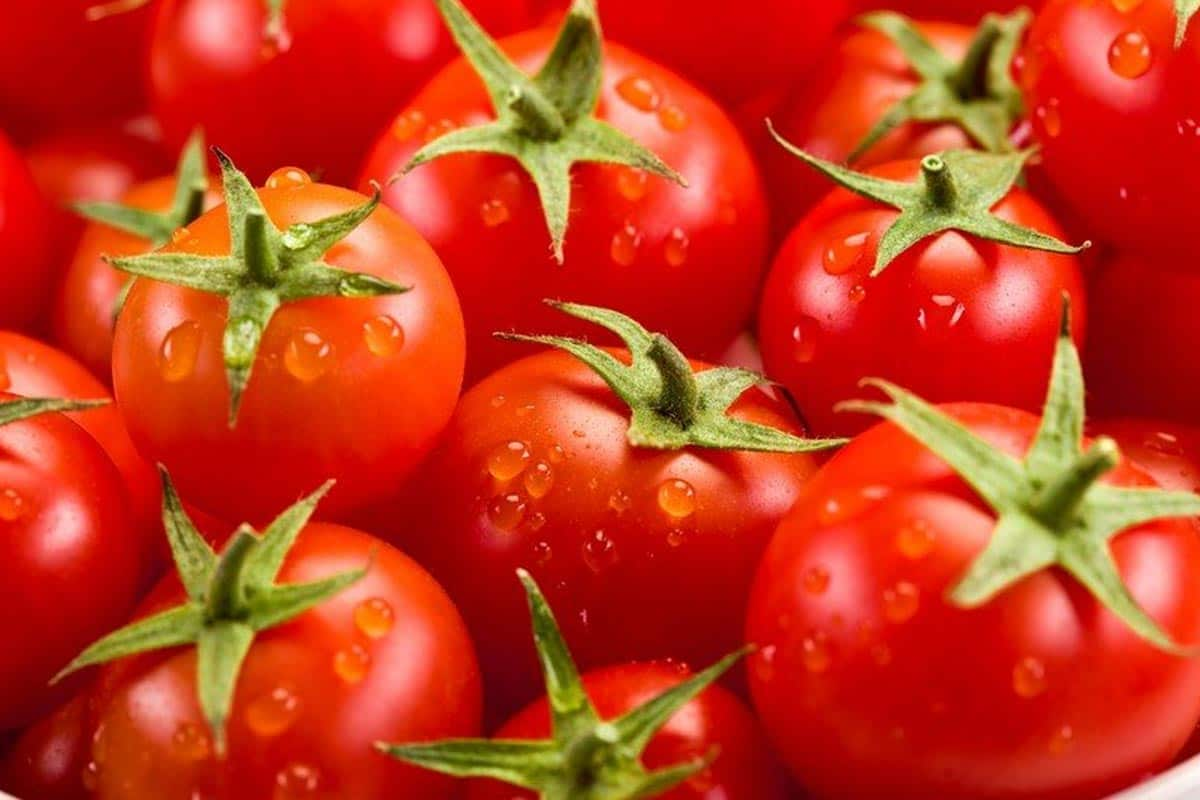
Growing tomatoes in containers may be very profitable, but tomato plants are susceptible to a wide variety of pests and diseases that can stunt their growth
In many cases, the severity of these issues is exacerbated in regions that are classified as tropical or subtropical
The heat and humidity can encourage the growth of fungi, which can lead to the proliferation of various pests
Despite this, you shouldn’t give up on producing tomatoes only because of this fact
You will only need to take a few more safety measures
Here are some pointers to keep in mind when cultivating tomatoes in warm climates: Because they are able to withstand high temperatures and high levels of humidity so well, cherry tomatoes are the finest variety to cultivate in hot climes
Even if they have a little lower tolerance for hot and humid regions, heirloom tomatoes might also be a suitable choice for your garden
However, if you live in a subtropical climate, you shouldn’t have any problems with them
Because heirlooms are more susceptible to tomato wilt and other fungal diseases, you need to maintain a heightened level of vigilance to ensure that the foliage stays green and healthy
Choose one of the tomato species’ types that has been bred to be able to withstand high temperatures and high levels of humidity if you have the option to do so
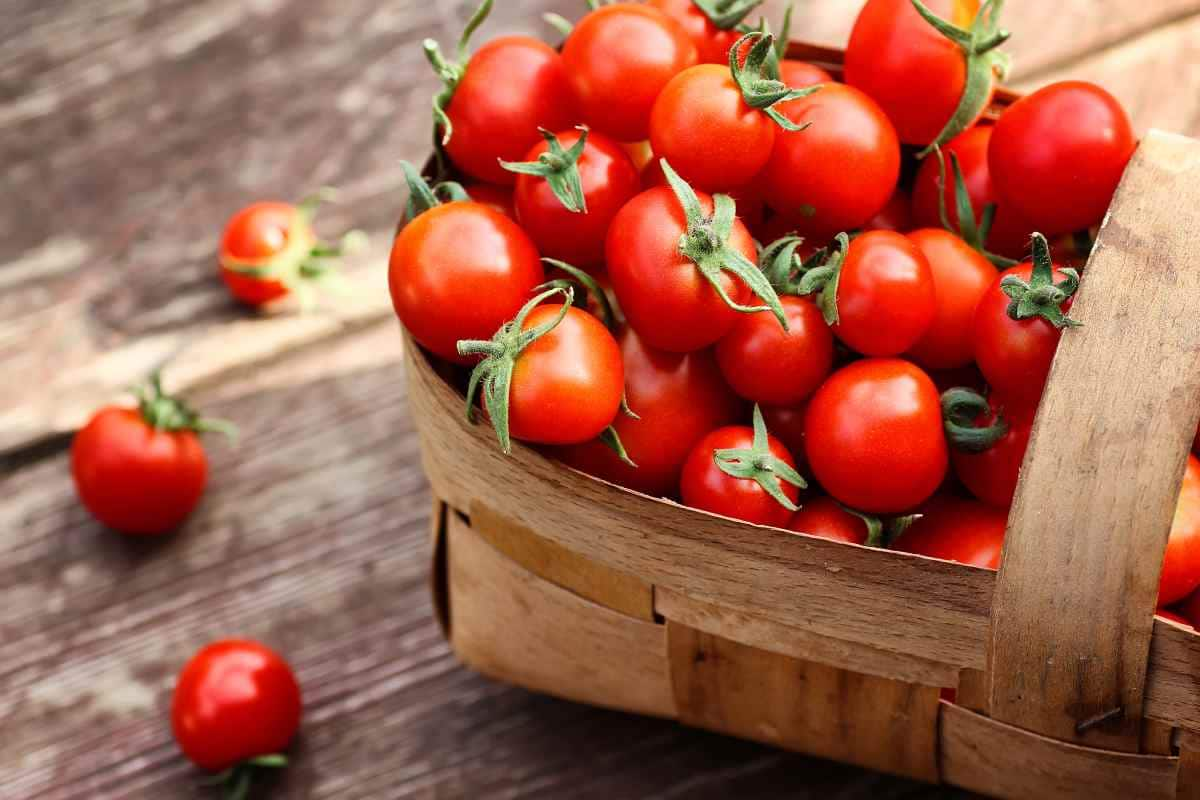
Where you live determines when the best time of year is to put your tomato seeds and plants
In climates that are truly subtropical or tropical, the winter is an ideal time to grow tomatoes
To avoid the lowest temperatures of winter, however, it is advisable to plant tomatoes between the months of February and April in the more temperate regions of the subtropics and the boundary zones
Growing tomatoes in containers requires a very rich soil, so be sure to get some of that before you start
It is best to cultivate your plants in a rich peat-based soil that has a significant amount of organic matter
If the potting soil you have doesn’t already have fertilizer added, you should incorporate some slow-release fertilizer into it
And add a liquid fertilizer periodically during the season, making sure to follow the directions on the container
Tomato plants can reach fairly huge
And you want to foster this expansion so that you can reap the most abundant harvest possible
This indicates that you will need to provide them with a substantial amount of growing room in a container that is quite large
It is recommended that each plant be grown in a container that is at least 10 gallons in capacity; however, it is preferable to use a container that is at least 15 to 20 gallons in capacity
In most cases, upgrading to a larger container will result in a far more productive harvest for you
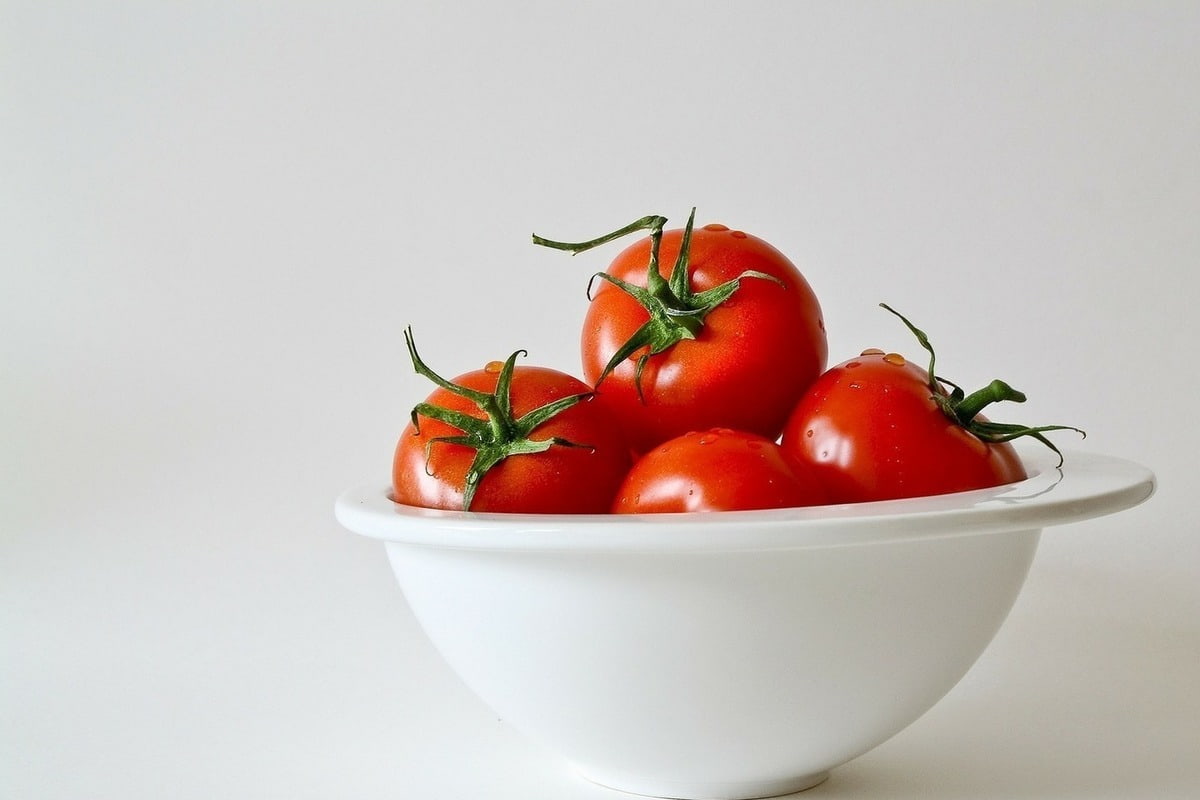
The key to successfully growing tomatoes in containers is maintaining a consistent environment
This is especially true with regard to watering the plants
If the tomato plants do not have a consistent supply of water, the foliage may wilt, the fruit may split or shrink, and the plants may ultimately perish in a relatively short amount of time
In addition, plants grown in containers use up the soil’s moisture more quickly than plants grown in the ground, which have a more extensive root system
Therefore, there is less space for error when watering plants contained within containers
This situation is made even more complicated by the hot heat
Even when there is humidity in the air, the heat will cause the water to evaporate at a higher pace
Because of this, you should probably water your plants each day or at the absolute least once every other day in order to keep the soil at an appropriate moisture level
